Nutrition 101.

Our dining program focuses on the benefits of healthy dining—without compromising taste. Our dining initiatives are crafted by combining the education of our expert team of registered dietitians and culinary innovators. As an extension of our dining program, we’ve created a blog to showcase their knowledge—for you use anytime. This unique resource is entirely dedicated to sharing professional advice and helpful guidelines so that you can live your healthiest life.
We call it Live Healthy—because, well, you get it. Explore recipes with nutritional facts and easy instructions packaged up just for you—from our team. They’ve done all the research so that you can absorb the information easily and try these tasty recipes with your family and friends. Live Healthy is the exclusive, ultimate guide to living a healthier, happier life.
Simplicity in Healthy Choices.
We've done all the work behind the scenes so that you can digest the information at ease. Discover how the use of real ingredients used in our recipes, leads to healthier outcomes. Transparent ingredients, a clear message, and exquisite taste awaits you!
Features:
- Nutritional Education
- Culinary Innovation
- Stunning Presentation
- Delicious Recipes

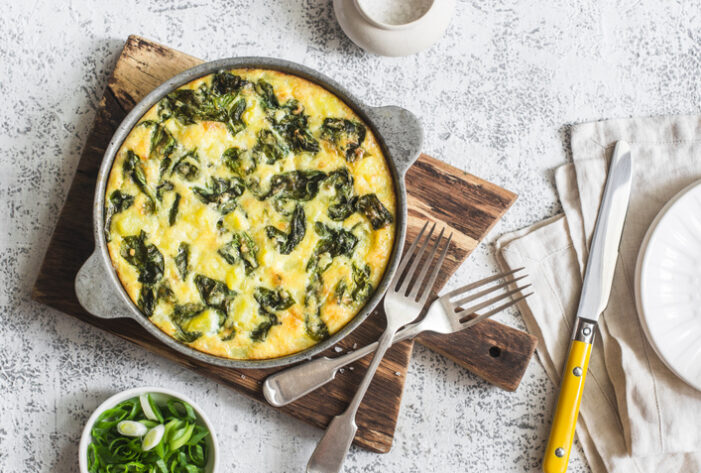
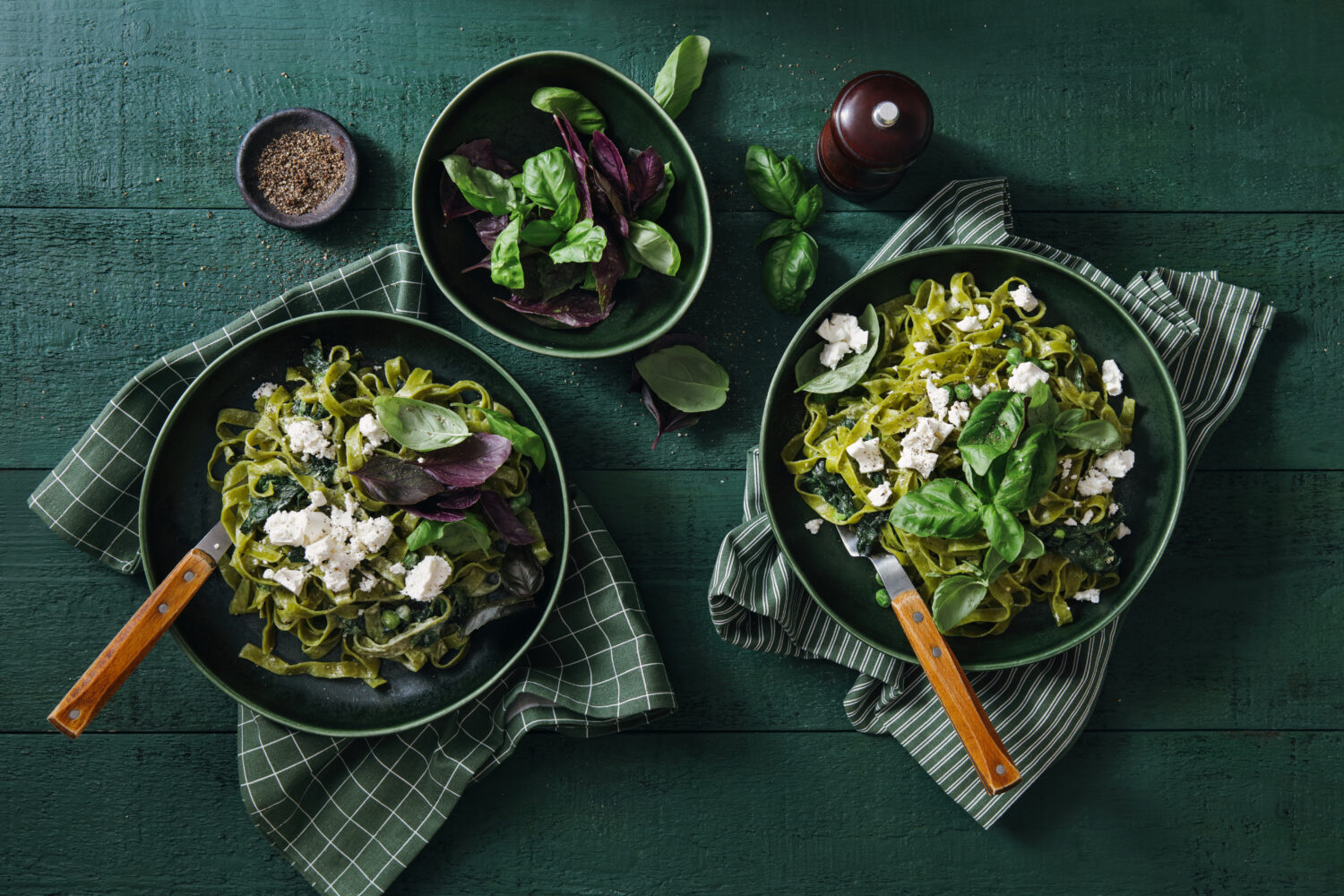
Eating for Immunity
The immune system is the body’s defense against infections. When it is working well, the immune system can help protect against illnesses and infections.
One Pan Meals
Quiche and frittatas are quite easy to make and so versatile, using a combination of vegetables, proteins, and cheeses remaining from the week’s meal prep.
Beyond Meatless Mondays
Whether it is for health, animal welfare, or environmental reasons, more people are
embracing meat-free meals, adding more plant based proteins.
Health Bites.
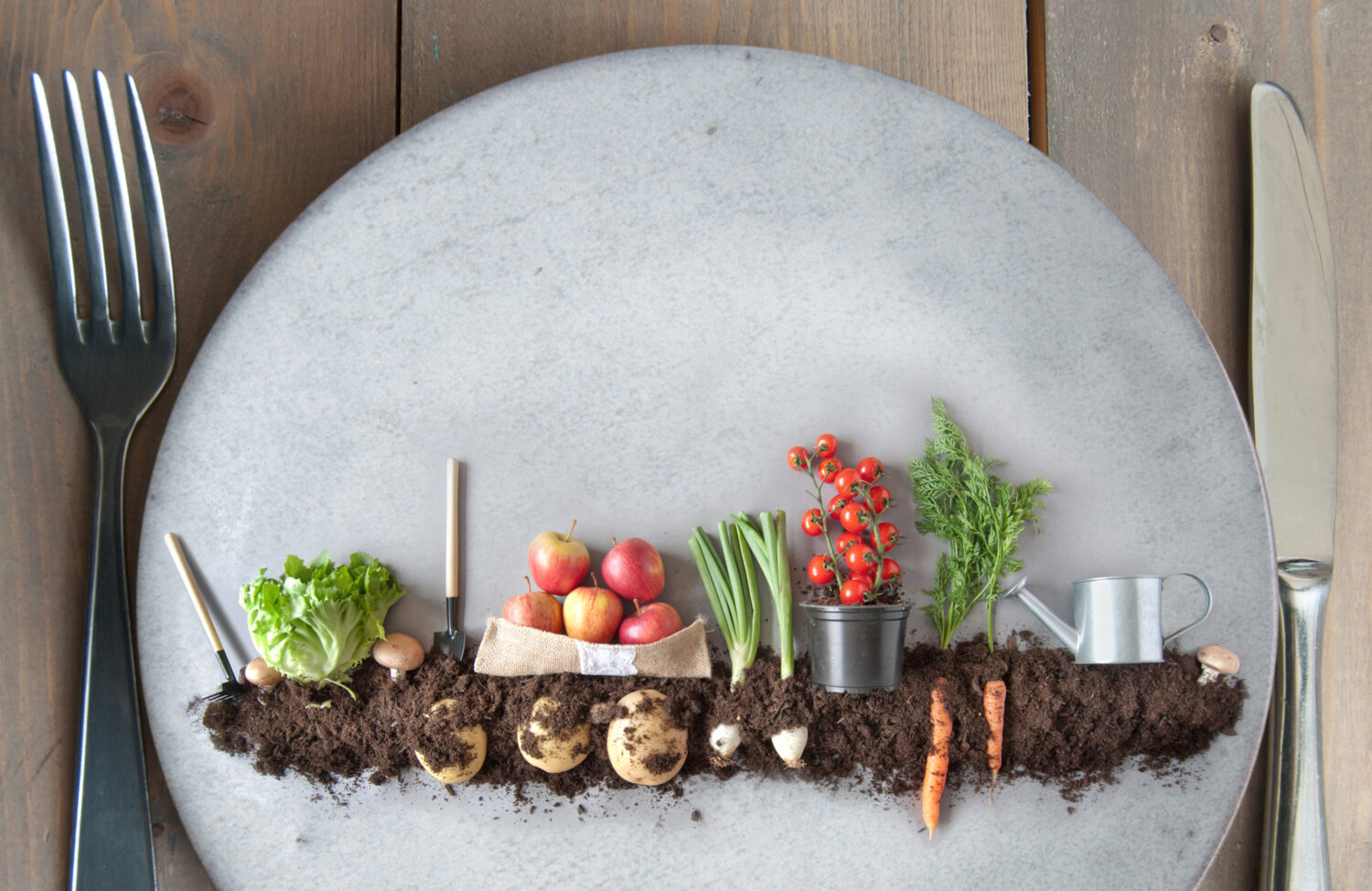
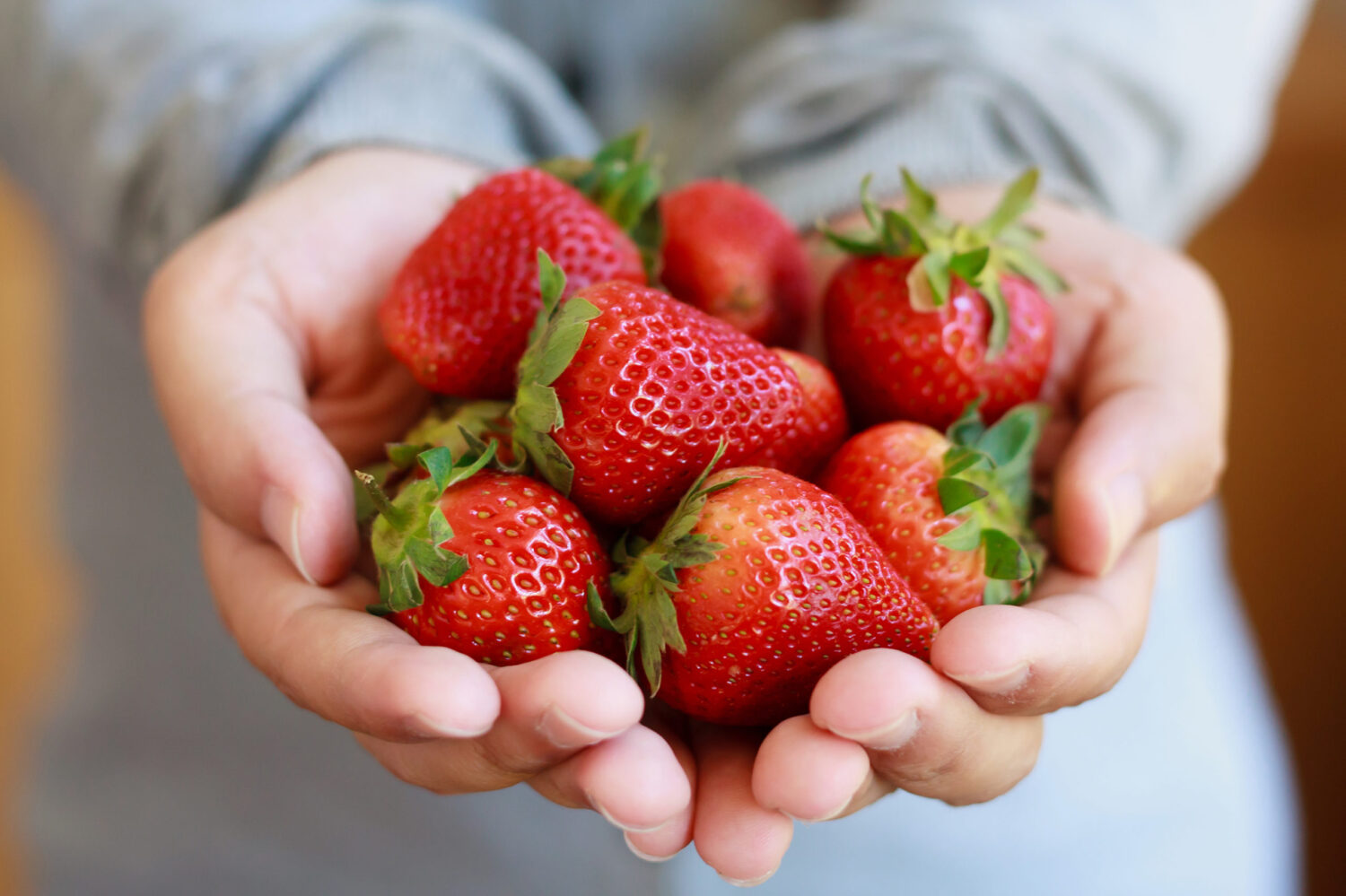
Bite #1 – Being Idle
Being idle can lead to some extra snacking that you wouldn’t normally do. Don’t grab the whole bag, box or carton of your snack. Portion out just enough into a separate container to help keep your intake balanced.
Bite #4 – New Learnings
Learn something new, a craft, game, or skill. This can contribute to brain health, wellness, and can be social by joining groups or using video chats
Bite #2 – Relaxing at Home
When relaxing at home, it can be easy to fall into a groove and forget to eat, stretch, and take breaks.
Set alarm to get up and stretch to avoid sitting all day and to give your eyes a rest.
Bite #5 – Veggie Dislike
If there is a vegetable you aren’t fond of, give it another chance by roasting it instead. Roasting locks in and enhances the natural flavors compared to steaming and boiling.
Bite #3 – Reduce Red Meat
The benefits of reducing red meat and increasing vegetables are many. This doesn’t mean that carnivores need to “become” vegetarians. Choosing plant-forward meals can be a healthy part of anyone’s diet.
Bite #6 – Preplan Your Meals
Whether eating in or dining out preplanning can save time during the day. It can also help avoid searching through the fridge for snacks and unhealthy choices.

Dietitian's Cook Too.
Don’t believe us? Wait and see! We’re giving you a front-row seat to our nutrition team in action as they make food that’ll make you happy. Interact with our team of culinary experts as they show you how to execute a recipe step-by-step—and why it’s good for you.
Uncover all of the benefits from each ingredient and how it impacts your health. This unique collection of interactive videos will set you up for success inside the kitchen—and you might even have some fun too!
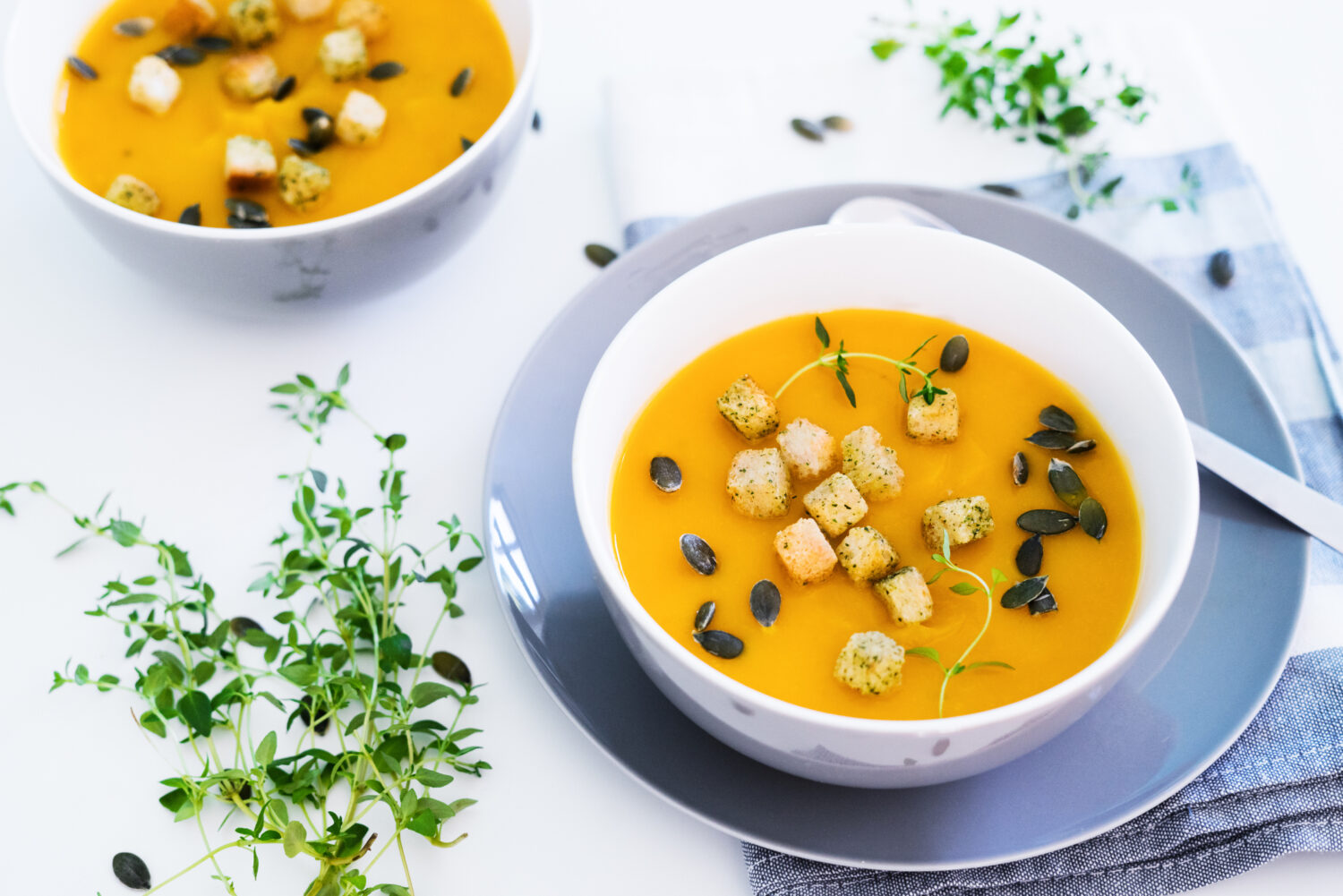

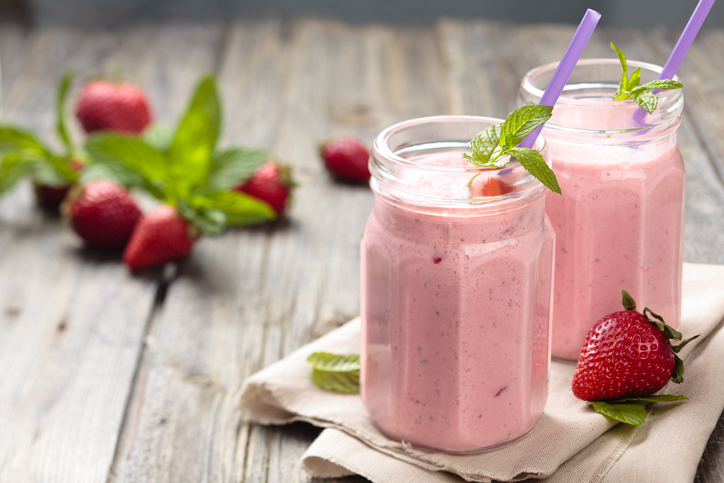
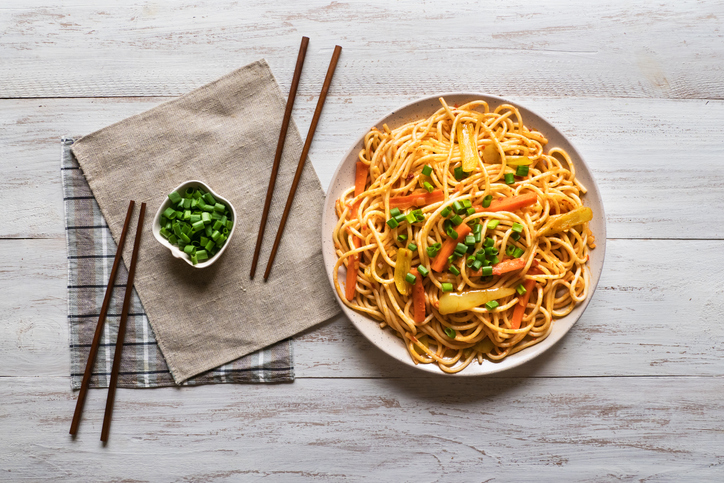
Simmer with Dietitian Emily LaStarza
Stew with Dietitian Ellen Lowre
Blend with Dietitian Emmie Burke
Sauté with Dietitian Emmie Burke
Dietitian's Dish.
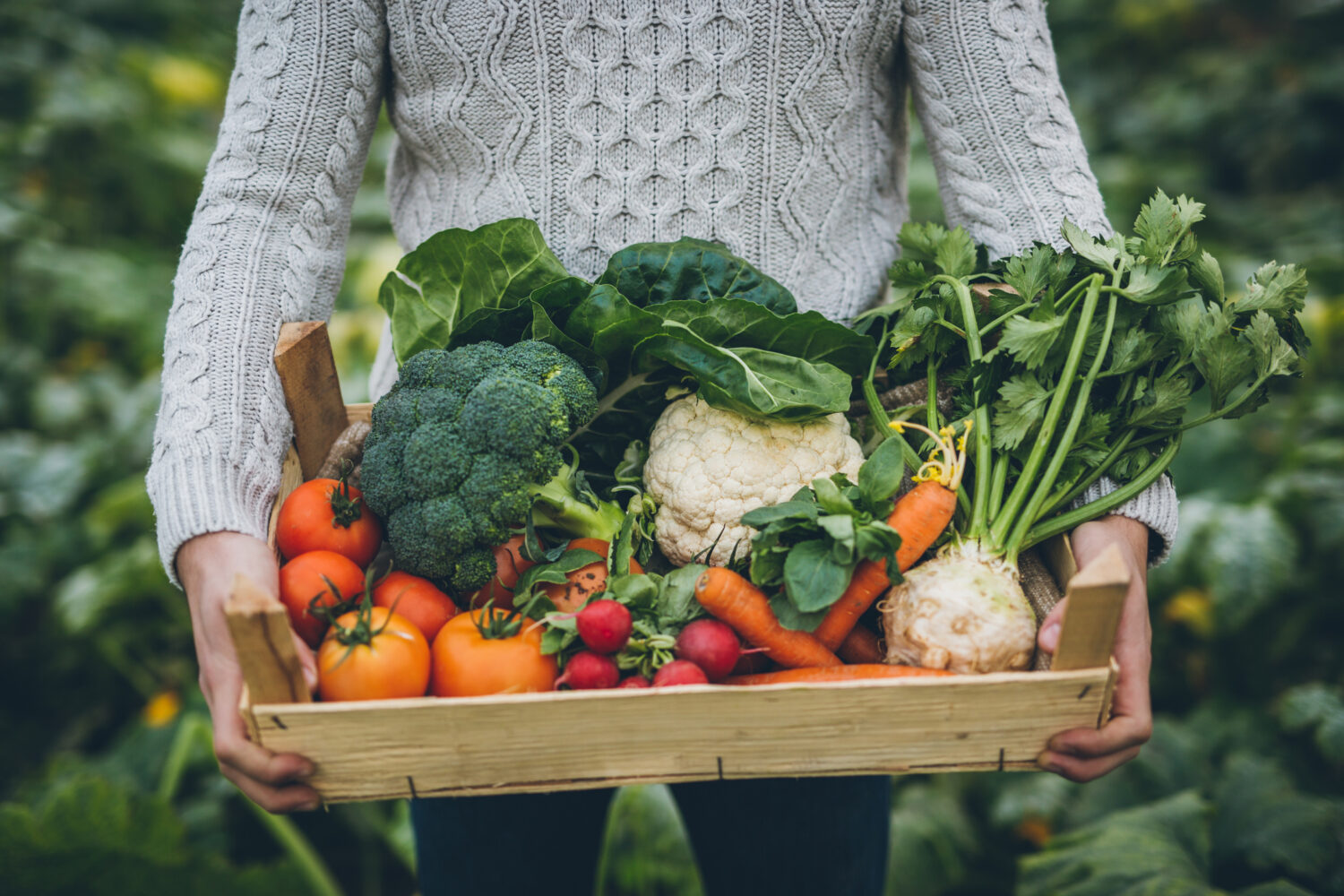
Looking for more health and wellness inspiration? Explore Live Healthy’s favorite superfoods that you can incorporate into your diet to get that extra boost of rich minerals, vitamins, and antioxidants. Superfoods are easy-to-add ingredients that’ll upgrade your meal into a delicious masterpiece.
Studies show that superfoods ward off disease and keep you healthier. Overall, superfoods will support you in living a healthier, more active lifestyle. Plain and simple, boost your diet, and you’ll boost your immune system.
Dietitian's Dish.
Blueberries
Don’t discount the blueberry based on its size! Blueberries are power-packed with antioxidants that are known to support both heart and brain health! One cup of blueberries has 84 calories and 3.6 gm fiber. In addition, they are a good source of vitamin K1, vitamin C, and manganese.
Blueberries can shine at breakfast by enhancing
hot and cold cereals, muffins, or overnight oat recipes.
Cabbage
Cabbage is a member of the cruciferous vegetable family that includes brussels sprouts, broccoli and cauliflower. One serving of cabbage is an excellent source of vitamin K, vitamin C and vitamin B6. It is also a very good source of manganese, dietary fiber, potassium, vitamin B1, folate, and copper.
For greatest nutrition benefit, purchase fresh cabbage and use in a
stir-fry, soups, or even roasted.
Grapefruit
Grapefruit is a well-known citrus fruit that is an excellent source of Vitamins A and C. Choose grapefruits in the winter months as this is when citrus fruit ripens and they are more likely to be fresh. When shopping, pick a grapefruit that is heavy for its size and has a little softness when squeezed.
Grapefruit can be served
in a variety of ways. Add slices as a salad topping, as a snack, a citrus relish, or in a fruit salad.
Avocado
Avocado is the only fruit that contains heart-healthy monounsaturated fat – good fat! Their naturally creamy texture is a perfect substitute for mayo and sour cream. Use it as a sandwich spread, incorporated into chicken and egg salads, to spice up deviled eggs and baked potatoes, and even serve as the main ingredient!
Experiment with avocados as a side item for an omelet, tossed in a salad or soup, or blended in a smoothie.
Blueberries
Don’t discount the blueberry based on its size! Blueberries are power-packed with antioxidants that are known to support both heart and brain health! One cup of blueberries has 84
calories and 3.6 gm fiber.
In addition, they are a
good source of vitamin K1, vitamin C, and manganese.
Blueberries can shine at breakfast by enhancing
hot and cold cereals, muffins, or overnight oat recipes.
Sweet Potato
Sweet potatoes are nutrient powerhouses with vitamin C, fiber, potassium, vitamin E, iron, magnesium and phytochemicals. Just one medium sweet potato provides enough vitamin A for the whole day! Vitamin A also plays roles in other functions including growth and development, immunity, and red blood cell production.
Serve as the main course, as a side, in a soup, or use the puree form in smoothies or in baking.
